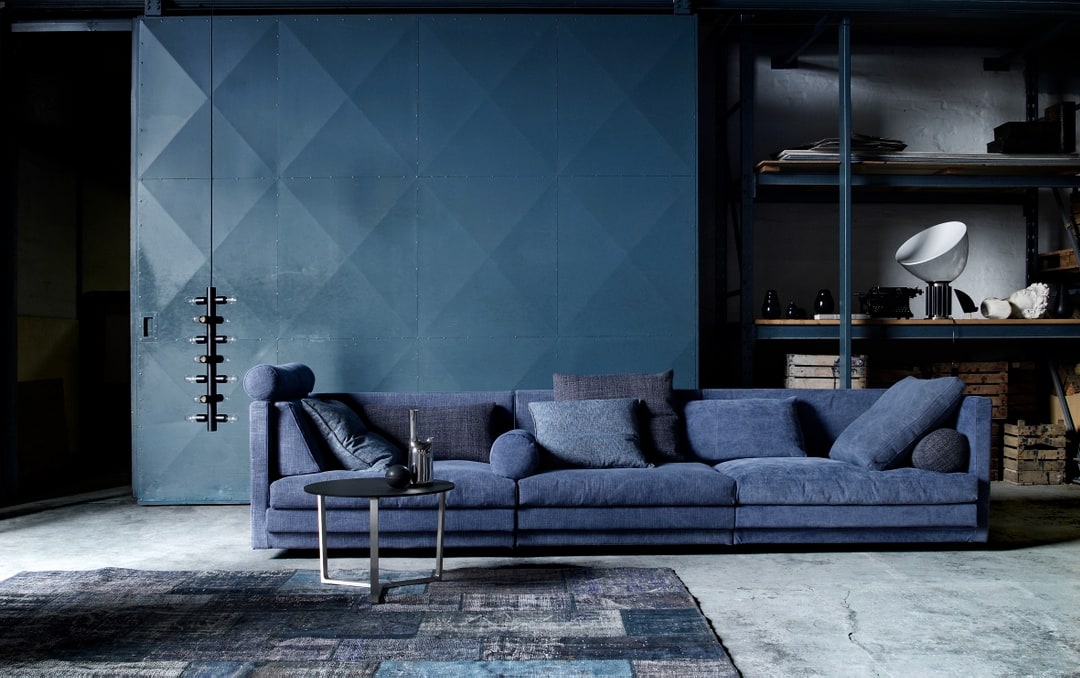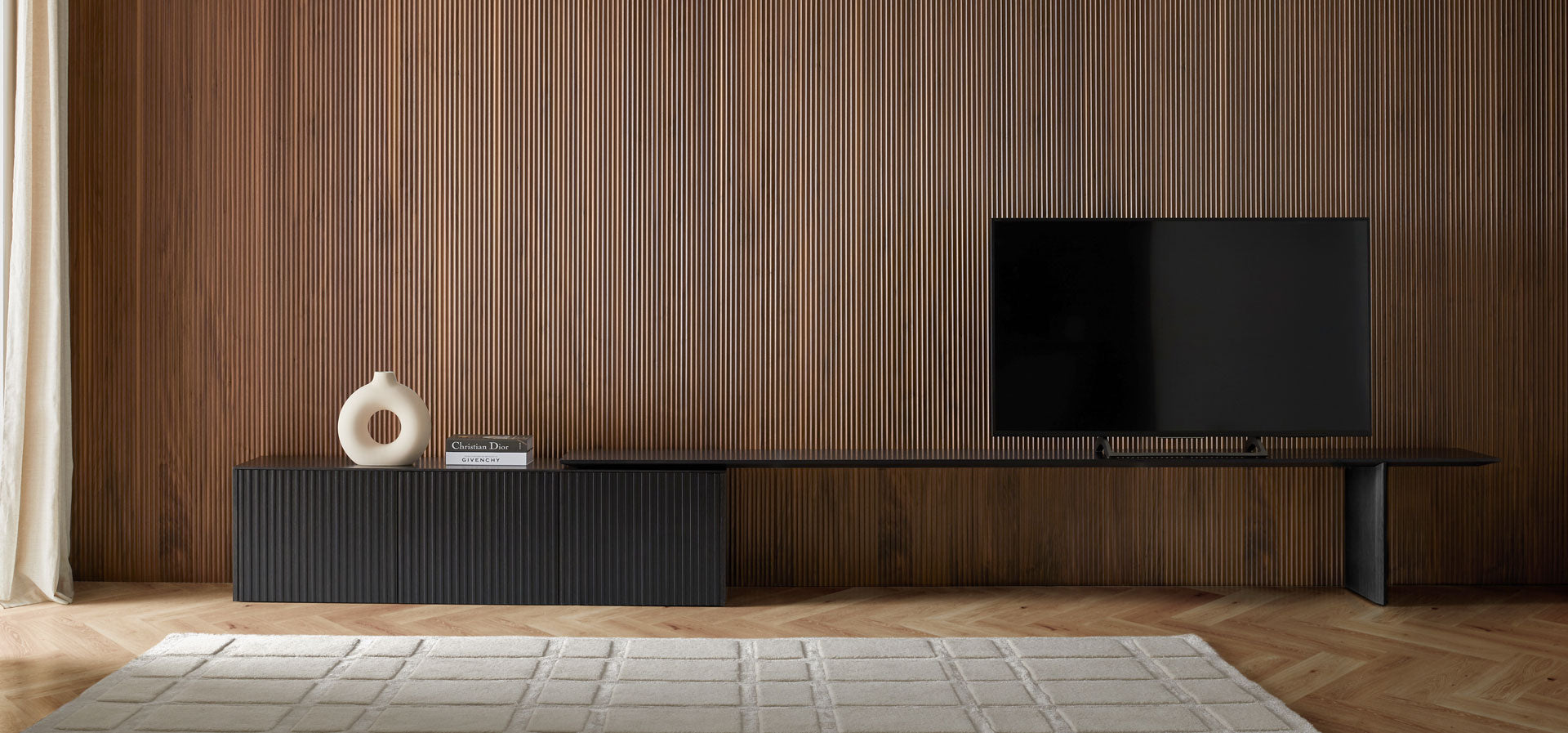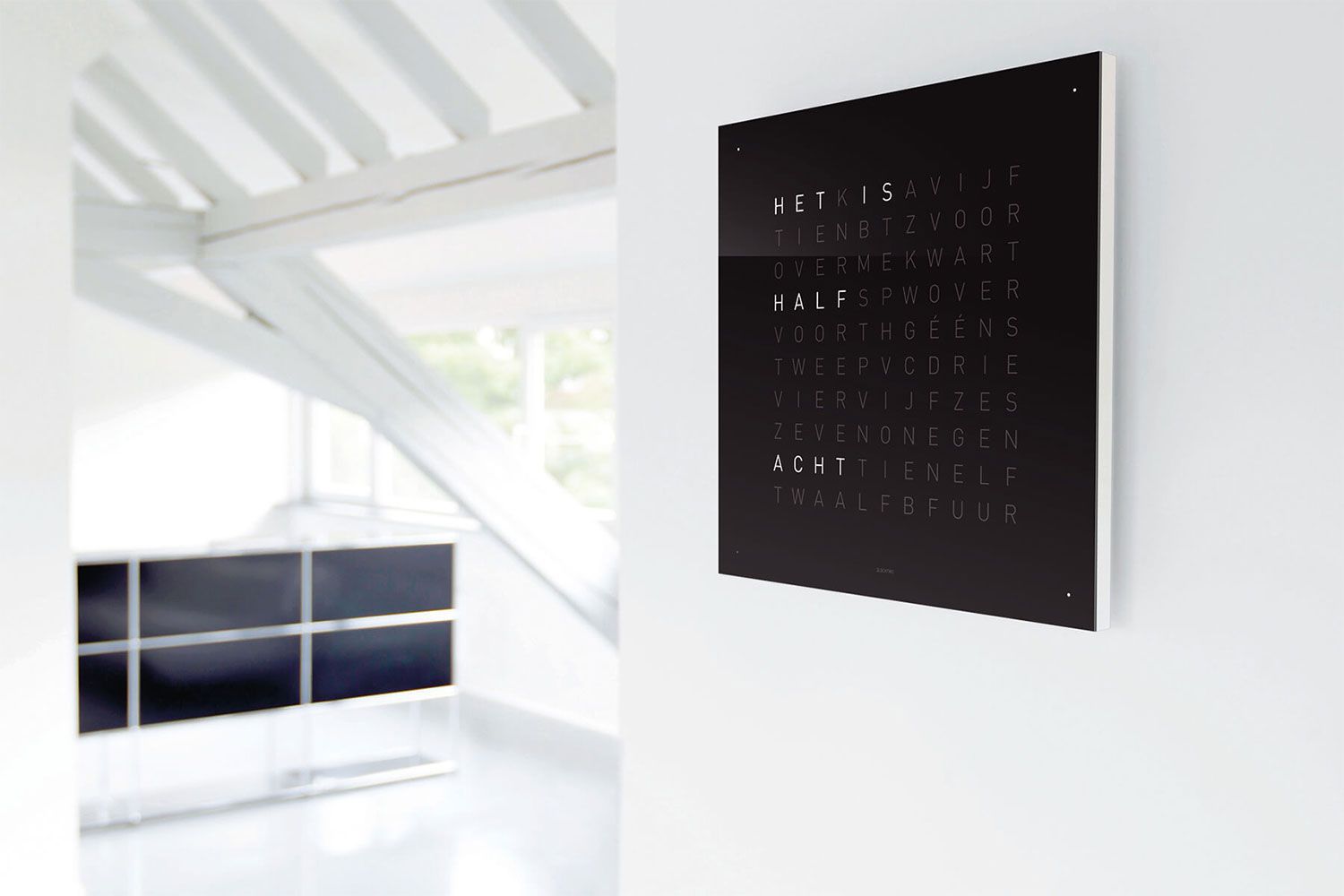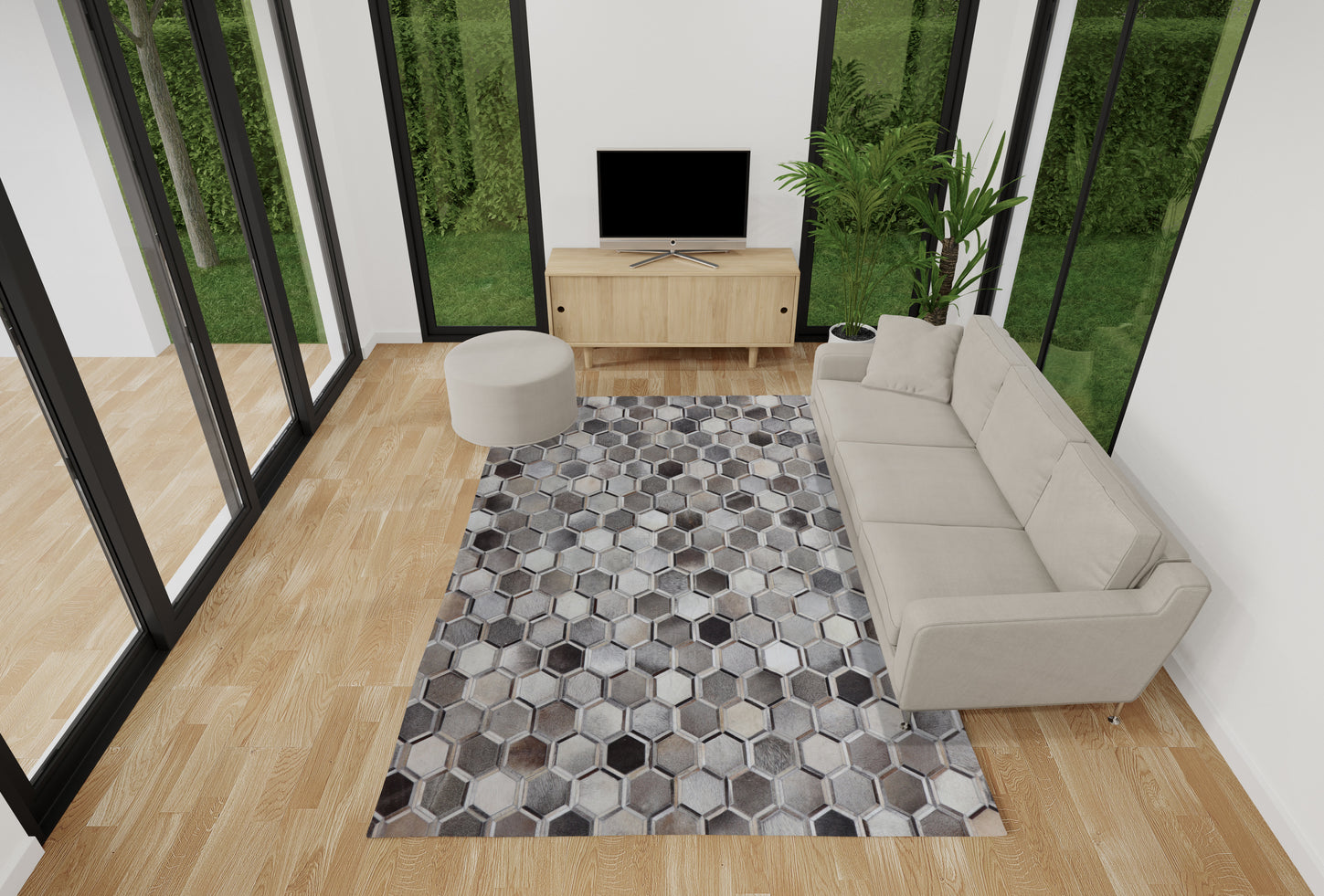Iconic Modern Furniture Designers: Profiling the Most Influential Designers in the Modern Furniture World and Their Unique Approaches to Form, Function, and Aesthetics.
The world of modern furniture is filled with innovative and influential designers who have left their mark on the industry. These designers have shaped our understanding of form, function, and aesthetics, creating iconic pieces that have stood the test of time. In this blog post, we will explore the work and philosophies of ten of the most influential modern furniture designers and how their unique approaches have impacted contemporary design.
Charles and Ray Eames

This husband and wife team is one of the most celebrated and influential design duos in the history of modern furniture. Charles and Ray Eames are best known for their groundbreaking work in molded plywood and fiberglass, creating iconic pieces such as the Eames Lounge Chair and the Eames Molded Plastic Chair. Their designs are characterized by their focus on functionality, ergonomics, and innovative use of materials, all while maintaining a timeless aesthetic that continues to influence designers today.
Eero Saarinen

Finnish-American architect and designer Eero Saarinen made a significant impact on modern furniture with his innovative and sculptural designs. Known for his sweeping curves and fluid forms, Saarinen's most famous pieces include the Tulip Table and the Womb Chair. His work is characterized by its marriage of form and function, combining organic shapes with practicality and comfort.
Arne Jacobsen

Danish architect and designer Arne Jacobsen played a pivotal role in popularizing Scandinavian design in the mid-20th century. He is best known for his iconic chair designs, such as the Egg Chair, the Swan Chair, and the Ant Chair, which showcase his mastery of form and function. Jacobsen's designs are characterized by their minimalism, clean lines, and organic shapes, encapsulating the essence of Scandinavian design.
Le Corbusier

Swiss-French architect and designer Le Corbusier is widely regarded as one of the pioneers of modern architecture and design. His furniture designs, such as the LC2 Sofa and the LC4 Chaise Longue, are characterized by their geometric forms, sleek lines, and the use of tubular steel frames. Le Corbusier's work embodies the modernist principle that form should follow function, leading to designs that prioritize practicality and efficiency.
Ludwig Mies van der Rohe

German-American architect and designer Ludwig Mies van der Rohe is another leading figure in the modernist movement. He is known for his minimalist approach to design and his iconic pieces, such as the Barcelona Chair and the Brno Chair. Mies van der Rohe's work is characterized by its emphasis on clean lines, simple forms, and the use of high-quality materials, demonstrating his famous mantra "less is more."
Florence Knoll

American architect and designer Florence Knoll was a key figure in shaping the post-war modernist aesthetic. As the head of Knoll, a leading furniture design company, she commissioned and collaborated with some of the most influential designers of her time. Knoll's own designs, such as the Florence Knoll Sofa and the Parallel Bar Series, are characterized by their clean lines, geometric forms, and attention to detail.
Hans Wegner

Danish designer Hans Wegner is often referred to as the "Master of the Chair," having designed more than 500 chairs during his career. Wegner's designs, such as the Wishbone Chair and the Shell Chair, showcase his exceptional craftsmanship and understanding of ergonomics. His work is characterized by its simplicity, functionality, and the use of natural materials, staying true to the principles of Scandinavian design.
Verner Panton

Danish designer Verner Panton was a trailblazer in the world of modern furniture design, known for his bold use of color, unconventional materials, and innovative manufacturing techniques. Panton's designs, such as the Panton Chair and the Cone Chair, challenged traditional design norms and pushed the boundaries of what was considered possible in furniture design. His work is characterized by its futuristic aesthetic, daring shapes, and playful approach to form and function.
Isamu Noguchi

Japanese-American artist and designer Isamu Noguchi is celebrated for his organic and sculptural designs, which seamlessly blend art and functionality. His most iconic pieces, including the Noguchi Coffee Table and the Akari Light Sculptures, showcase his mastery of form and his ability to create designs that are both visually stunning and practical. Noguchi's work is characterized by its timeless elegance, innovative use of materials, and harmonious balance between form and function.
Eileen Gray

Irish architect and designer Eileen Gray made a significant impact on modern furniture design with her innovative and forward-thinking approach. Gray's designs, such as the Bibendum Chair and the E-1027 Adjustable Table, are characterized by their elegant simplicity, clean lines, and meticulous attention to detail. Her work defied traditional design conventions and paved the way for the acceptance of women in the male-dominated world of architecture and design.
Marcel Breuer

Hungarian-American designer Marcel Breuer was a prominent figure in the Bauhaus movement and is best known for his iconic tubular steel furniture designs. Breuer's most famous pieces, including the Wassily Chair and the Cesca Chair, are characterized by their innovative use of materials, sleek lines, and minimalist aesthetic. His work continues to influence contemporary furniture design with its focus on functionality and modern sensibility.
Philippe Starck

French designer Philippe Starck is one of the most prolific and influential designers of the late 20th and early 21st centuries. His work spans a wide range of disciplines, from furniture design to architecture and product design. Starck's furniture designs, such as the Ghost Chair and the Masters Chair, are characterized by their unique forms, playful use of materials, and bold visual impact. His work continually pushes the boundaries of design and explores new possibilities in form and function.
Patricia Urquiola

Spanish designer Patricia Urquiola has made a significant impact on contemporary furniture design with her distinctive style and innovative approach. Her designs, such as the Fjord Armchair and the Husk Chair, are characterized by their organic shapes, bold use of color, and unique combinations of materials. Urquiola's work demonstrates a keen understanding of form and function, resulting in pieces that are both visually striking and highly functional.
Ron Arad

Israeli-British designer Ron Arad is known for his unconventional and experimental approach to furniture design. His work, which includes the Bookworm Shelf and the Big Easy Chair, often challenges traditional design conventions and explores new possibilities in form and materiality. Arad's designs are characterized by their sculptural quality, innovative use of materials, and bold, expressive forms.
In conclusion, the legacy of these iconic modern furniture designers has had a profound impact on the way we perceive and interact with the spaces we inhabit. By challenging conventions and pushing the boundaries of form, function, and aesthetics, they have transformed the world of furniture design and inspired generations of designers to follow in their footsteps.
As we look towards the future, it is essential to recognize and appreciate the work of these trailblazers who have helped shape the world of modern furniture design. By drawing inspiration from their unique approaches, emerging designers can continue to innovate and create new, groundbreaking pieces that redefine the possibilities of furniture design.
The ongoing evolution of modern furniture design is a testament to the enduring influence of these iconic designers. As we continue to explore new materials, technologies, and design philosophies, their work serves as a reminder of the importance of combining form, function, and aesthetics to create pieces that are not only visually stunning but also functional and practical.
As we celebrate the achievements of these influential designers, we are reminded that great design transcends time and trends, leaving a lasting impact on the spaces we live in and the way we experience them. The work of these iconic figures serves as a source of inspiration and a guiding light for the next generation of designers, as they continue to push the boundaries of modern furniture design and create a future that is as beautiful as it is functional.






































Leave a comment